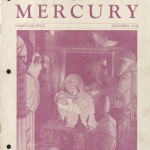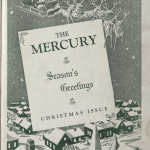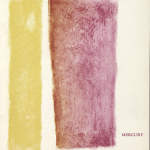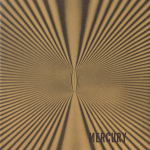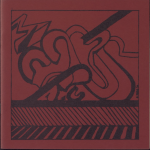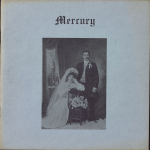The Mercury
The Mercury is a literary magazine that has been published since 1893. Gettysburg students are able to submit stories, poems, and artwork. There is fiction and non-fiction alike throughout the magazine. The Mercury was a helpful tool for this project because it was easy to see the evolution of the magazine throughout the many years that the Mercury was published.
There a few distinct differences that I noticed while reading through many of the poems in the Mercury issues over the last century. While the poems in the early modern period are often centered around issues of love, the poems in the late 60s and early 70s tended to focus more on other topics such as a landscape or a specific memory of something. Many of the poems from the first half of the century talk about women or a girlfriend. Because the school was largely and, for a time, explicitly men, the poems are often written about lost loves. While these issues have many advertisements throughout, especially advertisements for cigarettes, the postmodern issues are filled rather with photographs and sketches.

The poems from the early postmodern era did not cover the exact topics that I thought they would. There were not a great many writings about struggles of the self or frustration with the self. There was also few that spoke of current issues of the time. However, there was a poem in the 1970-1971 issue that spoke of the Kent State Massacre and the Vietnam War.
The poems in this era also were generally more experimental in their form. They do not always rhyme and they are in odd shapes sometimes. In many cases, it seems to have become more about the form than the actual substance of the work.

The issues from the last three years have another marked change in them. Almost all of the poems are self-referential. Even when there is a poem about a loved one, it is often really about how that loved one made the author feel. There is also now a non-fiction section in which every story is told about a personal experience of the author. The fiction still has many stories told from the third person point of view while many others are told from the first person.
The Mercury Covers from the Modern Era
The Mercury Covers from the Postmodern Era
All issues of the Mercury pictured here may be found at Special Collections in hard copy as well as online. Special Collections can be found on the fourth floor of Musselman Library at Gettysburg College.













